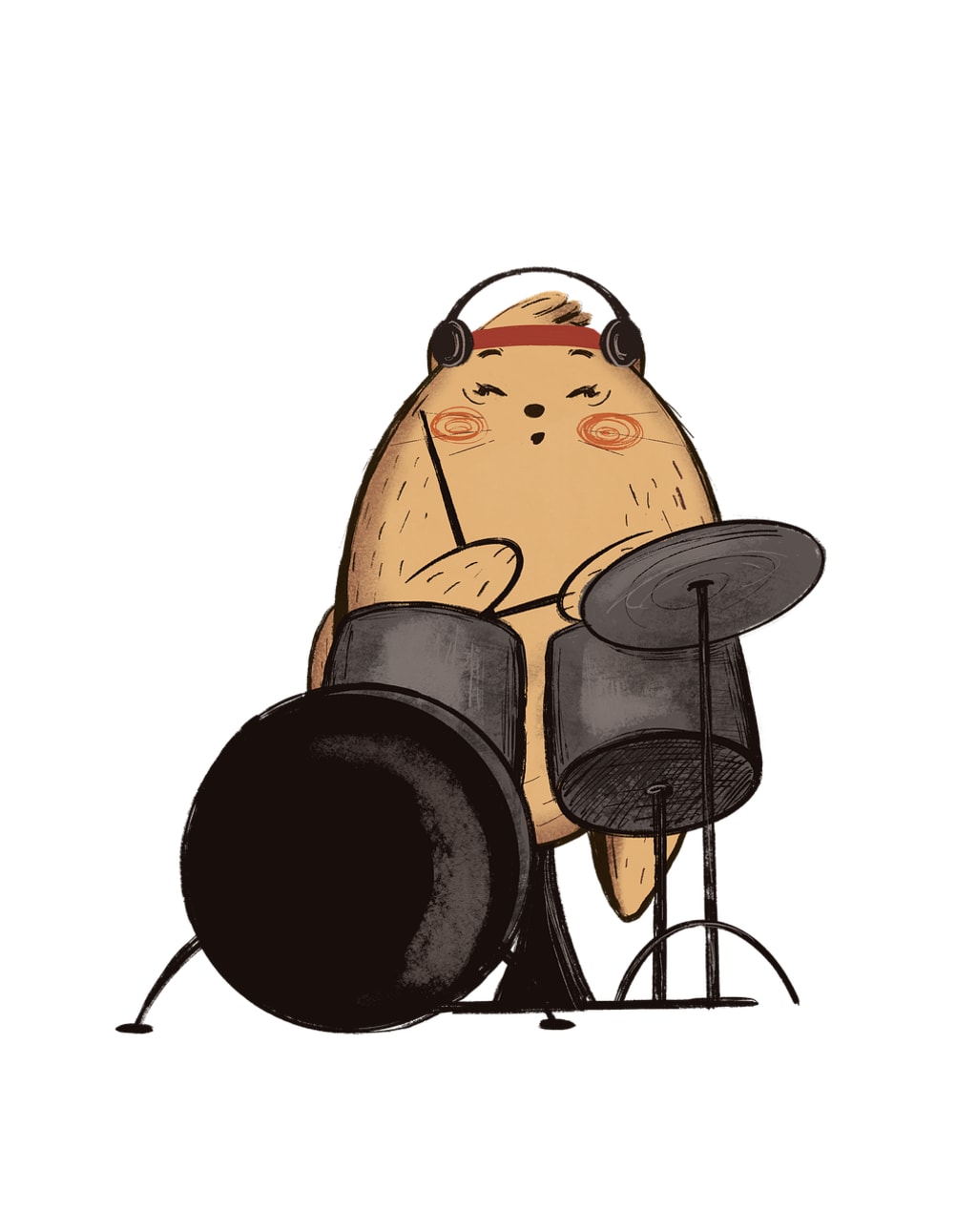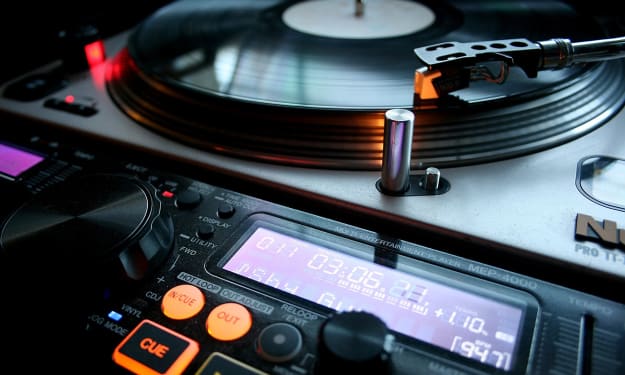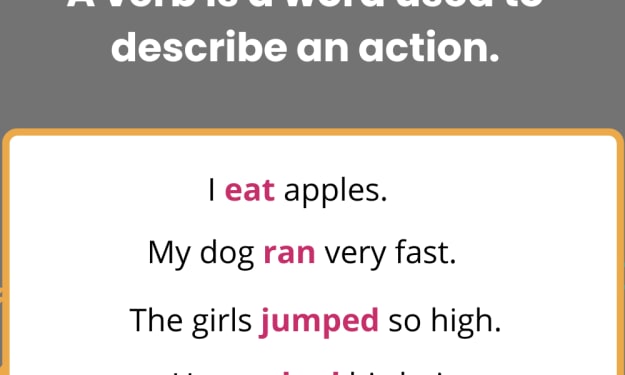The Psychology Behind Song Cover Art
Cover art of a song is not just about aesthetics; it’s deeply rooted in psychology

Cover art of a song is not just about aesthetics; it’s deeply rooted in psychology. The visual representation of music can influence our emotions, perceptions, and memories, adding layers of meaning and depth to the auditory experience. This article explores the psychological aspects of cover art, how it influences our perception and enjoyment of music, and why understanding these elements can enhance our appreciation of both the art and the music.
Emotional Response
The cover art of a song can evoke powerful emotional responses. Our brains process visual information quickly, and the right imagery can trigger emotions that align with the music. For example, the melancholy blue tones of Joni Mitchell’s “Blue” album cover prepare listeners for the deeply personal and introspective music inside. This emotional preparation enhances the listener’s experience, making the music more impactful.
Research in psychology has shown that colors and imagery can significantly influence our mood and emotions. Warm colors like red and orange can evoke feelings of excitement and energy, while cool colors like blue and green can induce calmness and introspection. When the colors and imagery of a cover art align with the emotional tone of the music, it creates a cohesive and immersive experience for the listener.
Memory and Recognition
Psychologically, we’re wired to remember visuals more easily than text. This means that memorable cover art can enhance recall and recognition of a song or album. Iconic covers like The Clash’s “London Calling” or Prince’s “Purple Rain” are instantly recognizable, aiding in long-term fan engagement. These covers become symbols of the music, creating a lasting impression in the listener’s mind.
The concept of the “picture superiority effect” explains why images are more likely to be remembered than words. This psychological phenomenon can be leveraged in cover art to create a strong visual identity for an album or song. For instance, the cover of Pink Floyd’s “The Dark Side of the Moon,” with its simple yet striking prism design, is etched into the memories of music fans worldwide, reinforcing the album’s iconic status.
Symbolism and Meaning
Symbols and motifs used in cover art can carry significant psychological weight. They can provide deeper meanings or contexts for the music. For instance, the use of a prism on Pink Floyd’s “The Dark Side of the Moon” not only looks striking but also symbolizes the album’s themes of light and darkness, mental illness, and the human experience. Understanding these symbols enhances our appreciation of the music’s narrative and themes.
Symbolism in cover art can also serve as a visual shorthand for the themes and messages of the music. The cover of Joy Division’s “Unknown Pleasures,” featuring a pulsar’s radio waves, is a powerful symbol of the band’s enigmatic and haunting sound. By decoding these symbols, listeners can gain a deeper understanding of the music’s underlying messages and themes.
Cognitive Association
Cover art creates cognitive associations with the music. This means that the visual elements of the cover can influence how we interpret the sound. A bright, colorful cover might make us expect an upbeat, lively song, while darker, more subdued colors might prepare us for something more somber or introspective. The cover of Radiohead’s “OK Computer,” with its fragmented, abstract imagery, sets the stage for the album’s experimental and dystopian themes.
These cognitive associations are formed through a process known as “priming,” where exposure to one stimulus influences our response to another stimulus. In the context of cover art, the visual elements prime our expectations and emotional responses to the music. By carefully designing cover art to align with the music’s themes and tones, artists can enhance the listener’s overall experience and create a more cohesive artistic presentation.
Impact on Listener Behavior
The psychological impact of cover art extends to listener behavior. A well-designed cover can influence a listener’s decision to purchase or stream an album. In a crowded marketplace, where thousands of songs are released daily, compelling cover art can be a decisive factor in attracting new listeners. The cover of Kanye West’s “My Beautiful Dark Twisted Fantasy,” with its provocative and controversial imagery, sparked discussions and drew attention to the album, contributing to its commercial success.
Moreover, the visual appeal of cover art can drive social media engagement and word-of-mouth marketing. Fans are more likely to share and discuss striking cover art, creating organic promotion and expanding the artist’s reach. The cover of Billie Eilish’s “When We All Fall Asleep, Where Do We Go?” became a viral sensation, with fans and critics alike discussing its eerie and distinctive imagery.
Psychological Theories in Cover Art Design
Several psychological theories can be applied to cover art design to enhance its effectiveness. The Gestalt principles of perception, for instance, emphasize how we perceive visual elements as whole forms rather than individual components. By using principles like proximity, similarity, and continuity, designers can create cover art that is visually cohesive and engaging.
The theory of “affordance,” which refers to the perceived and actual properties of an object that determine how it can be used, can also be applied to cover art. For example, a cover with a high level of detail and complexity might afford longer periods of viewing and contemplation, while a simpler design might afford quick recognition and impact.
Case Studies of Psychological Impact
Pink Floyd – “The Dark Side of the Moon”
The prism design on Pink Floyd’s “The Dark Side of the Moon” is a prime example of effective use of symbolism and color psychology. The prism splitting light into a spectrum of colors symbolizes the complexity and range of human emotions, aligning perfectly with the album’s themes. This cover has become one of the most iconic images in music history, demonstrating the lasting psychological impact of well-designed cover art.
Nirvana – “Nevermind”
The cover of Nirvana’s “Nevermind,” featuring a naked baby swimming towards a dollar bill on a fishhook, uses provocative imagery to critique consumerism and the loss of innocence. This powerful visual, combined with the album’s groundbreaking music, created a strong cognitive association that has remained etched in the minds of fans for decades.
SEO Integration
Learn more about the psychology behind visual art in music with articles like The Emotional Impact of Music Art, Memory and Music, and Symbols in Music Art. These resources provide further insights into how psychological principles can be applied to enhance the impact of cover art.
Conclusion
Understanding the psychology behind song cover art reveals how crucial it is to the overall music experience. It influences our emotions, memories, and interpretations, adding a profound layer to how we engage with music. By leveraging psychological principles in cover art design, artists can create more impactful and memorable visuals that enhance the listener’s experience.
Engagement and CTA
Which album cover had the most emotional impact on you? Share your experiences in the comments! Do you have any favorite examples of cover art that use symbolism or color psychology effectively? For more articles on the intersection of psychology and music, subscribe to our blog and stay updated on the latest insights in music and visual art.
About the Creator
Enjoyed the story? Support the Creator.
Subscribe for free to receive all their stories in your feed. You could also pledge your support or give them a one-off tip, letting them know you appreciate their work.






Comments
There are no comments for this story
Be the first to respond and start the conversation.